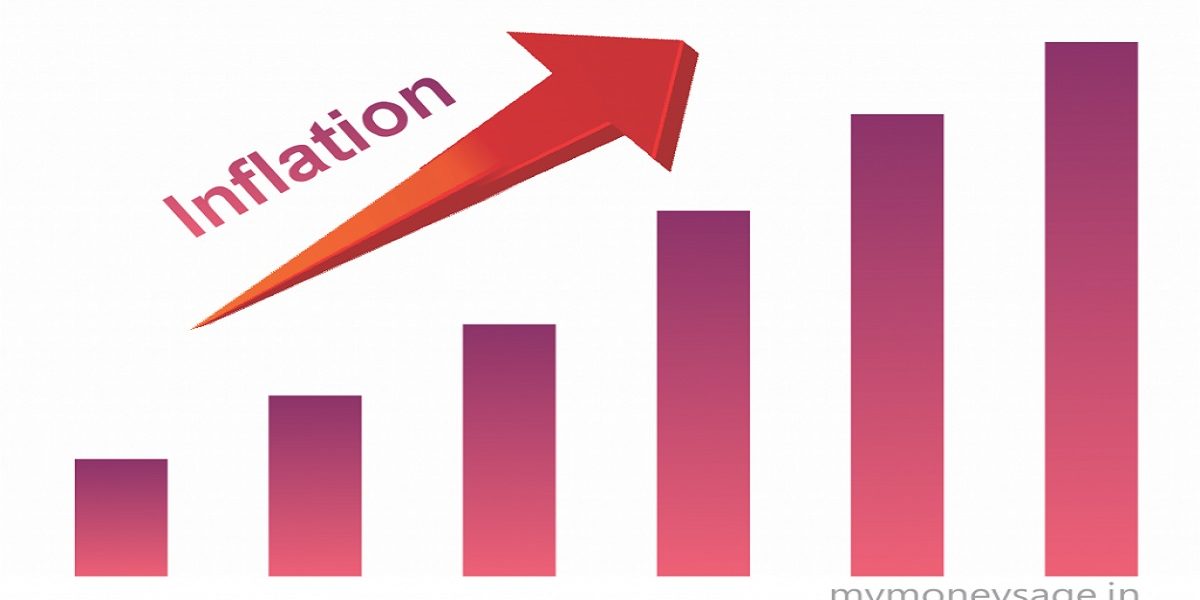The outlook for the global economy for 2023 looks gloomy due to the ongoing war in Ukraine and delays for a fuller reopening of the Chinese economy following months of disruptive COVID-19 lockdowns.
Globally, inflation grew and business activity, especially in the eurozone and the United Kingdom, continued to shrink, according to VOA News.
In an analysis, the Institute of International Finance predicted a global economic growth rate of just 1.2 percent in 2023, a level on par with 2009, when the world was only beginning its emergence from the financial crisis.
The Organisation for Economic Cooperation and Development (OECD) agrees with the pessimistic forecast. In a report, the organization’s interim Chief Economist Alvaro Santos Pereira wrote:
We are currently facing a very difficult economic outlook.
Our central scenario is not a global recession, but a significant growth slowdown for the world economy in 2023, as well as still high, albeit declining, inflation in many countries.
The US has been experiencing its highest levels of inflation in 40 years, with prices beginning to jump significantly in mid-2021. By the beginning of 2022, annualized rates were over 6 percent, and while fluctuating a bit, touched a high of 6,6 percent in October.
Internationally, governments are facing a difficult challenge: supporting their citizens during a time when prices are rising dramatically, particularly for necessities like food and fuel.
In a report seen by Pindula News, the International Monetary Fund pointed to the difficult balancing act governments must manage, saying:
With many people still struggling, governments should continue to prioritize helping the most vulnerable to cope with soaring food and energy bills and cover other costs — but governments should also avoid adding to aggregate demand that risks dialing up inflation. In many advanced and emerging economies, fiscal restraint can lower inflation while reducing debt.
The Institute of International Finance (IIF) forecasts a 2 percent decline in cumulative GDP in Europe.
Meanwhile, many countries of Latin America, where the export of raw materials, including timber, ore, and other major economic inputs drives many economies, global inflation has proved beneficial insofar as the prices for those goods have risen.



Back to top